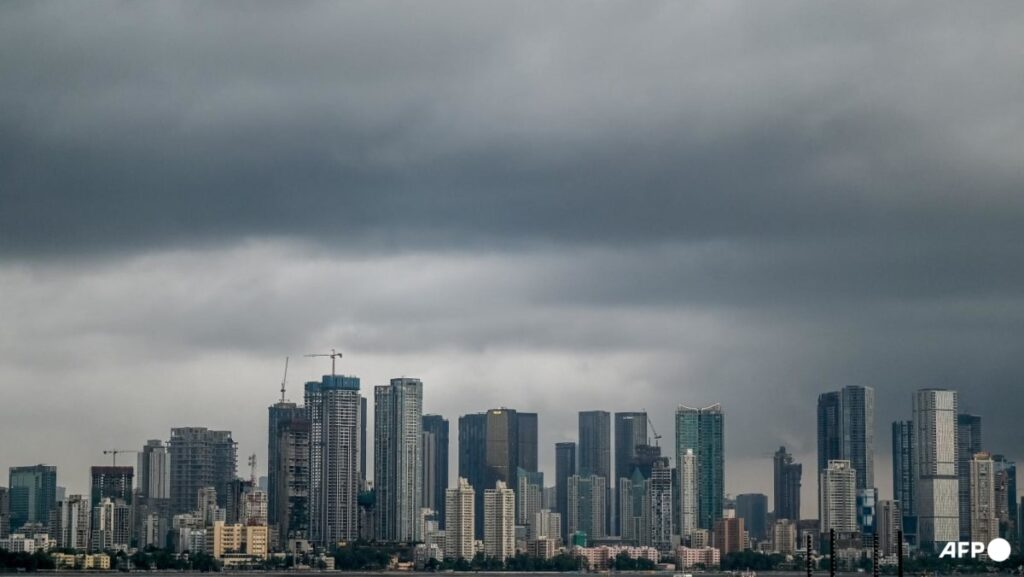MUMBAI: Lashing rains swamped India’s financial capital Mumbai on Monday (May 26) as the annual monsoon rains arrived some two weeks earlier than usual, according to weather forecasters.
Heavy rains cooling temperatures – welcomed by farmers for their crops but which cause havoc each year in cities by flooding transport infrastructure – are normally expected in the southwestern state of Maharashtra in early June.
Mumbai weather chief Shubhangi Bhute, from the Indian Meteorological Department, said it was the earliest the rains had arrived since their records began in 2011.
“This is the earliest the monsoon has arrived in the state since then, so this is the earliest in 14 years,” Bhute said.
South Asia is getting hotter and in recent years has seen shifting weather patterns, but scientists are unclear on how exactly a warming planet is affecting the highly complex monsoon.
The southwest monsoon is a colossal sea breeze that brings South Asia 70 to 80 per cent of its annual rainfall between June and September every year.
It occurs when summer heat warms the landmass of the subcontinent, causing the air to rise and sucking in cooler Indian Ocean winds which then produce enormous volumes of rain.
The monsoon is vital for agriculture and therefore for the livelihoods of millions of farmers and for food security.
But it brings destruction every year in landslides and floods.
In India, the southwest monsoon normally arrives on the southern tip at Kerala around Jun 1, and moves north to cover the country by early July. The rains typically reach Maharashtra around Jun 7.
Read the full article here

